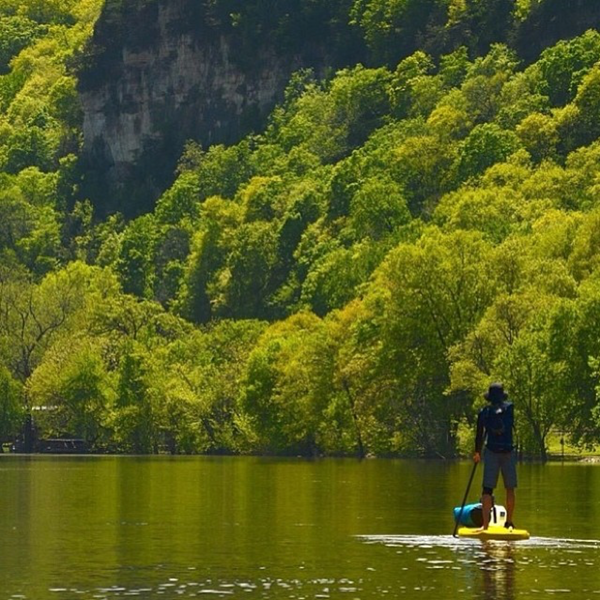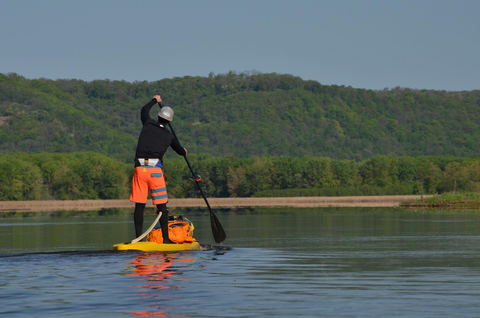
Planning a SUP Adventure
Embarking on a Stand Up Paddleboarding (SUP) adventure is an exhilarating way to explore the beauty of nature from a unique vantage point. Whether you're gliding through serene lakes, navigating river rapids, or hugging the coastline, preparation is key to ensuring a memorable and safe journey. Here's how to plan your SUP adventure, ensuring nothing is overlooked.
1. Map Your Course Carefully
- Choose Your Waterway: Whether it’s a peaceful lake, a meandering river, or the open ocean, select a body of water that matches your skill level and adventure goals. Consider factors like distance, current, wind direction, and the presence of rapids or tides.
- Research Weather and Conditions: Understanding the weather and water conditions is crucial. For rivers, ensure they're navigable with safe rapids (Class I and II are generally safe for experienced paddlers). For lakes and oceans, be mindful of wind patterns and swell sizes.
- Legal Camping and Permits: Identify legal camping spots along your route and secure any necessary permits from national or state parks. This step is essential for multi-day trips.
- Logistics: Plan your put-in and take-out points carefully. If you’re not arranging a pick-up, ensure you can safely leave a vehicle at both locations for the duration of your trip.
2. Selecting the Right Board
For adventures requiring you to carry gear, opt for a board with higher volume and ample attachment points, like fishing SUPs. These boards are designed to handle extra weight and often feature additional D-rings for securing your equipment.
.
3. Prioritize Safety
- Never Paddle Alone: The buddy system is vital for safety. Always paddle with a friend or group to ensure support in case of emergencies.
- Essential Gear: Always wear a leash and Personal Flotation Device (PFD). Pack an emergency kit with bandages, antibiotics, painkillers, and any personal medications.
- Communication: Carry a waterproof and fully charged cell phone for emergencies. For areas without cell service, consider a satellite communication device or an EPIRB for critical situations.
5. Contingency Planning
- Inform Someone: Share your detailed itinerary with friends or family and establish check-in points. This step is crucial for your safety, enabling a quick response if you fail to check in.
- Emergency Signaling: In remote areas without cell coverage, carry a device like an EPIRB to alert rescue services with your GPS location in emergencies.
- Exit Strategies: Plan for safe exit points along your route. Be prepared to cut your adventure short if conditions become unsafe.
Conclusion
SUP adventures offer unparalleled opportunities to connect with nature, challenge yourself, and discover new horizons. By meticulously planning your route, selecting the right gear, prioritizing safety, and preparing for emergencies, you're setting the stage for an unforgettable experience. Remember, the journey's success lies in the preparation. Happy paddling!
Related Topics
Most Amazing Places to Paddle Board in the World
Health Benefits of Paddle Boarding






